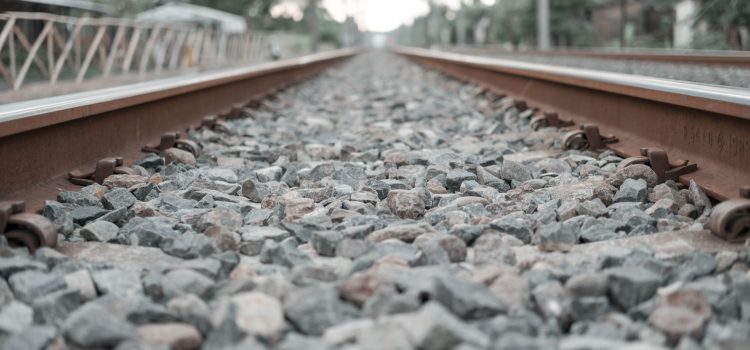
Railroads have played a significant role in shaping the history of transportation and commerce in the United States. From their inception in the early 19th century to their modern-day operations, railroads have transformed the way people and goods move across the country. In this feature story, we will explore how railroads have changed over time, using six charts to tell the story.
Chart 1: The Rise and Fall of Railroad Employment In the mid-20th century, railroads were a major employer in the United States. However, the rise of other forms of transportation, such as automobiles and airplanes, led to a decline in demand for rail services. As a result, railroad employment has steadily declined over the past several decades.
Chart 2: Railroad Freight Traffic by Commodity Railroads transport a wide range of goods, from coal and chemicals to grain and automobiles. Over the past few decades, the types of commodities transported by railroads have changed. While coal and grain have remained the top commodities transported, there has been a shift towards transporting more intermodal traffic, which refers to the movement of goods in shipping containers or trailers that can be transferred between different modes of transportation.
Chart 3: Railroads’ Share of Freight Transportation Despite the decline in railroad employment and the shift in the types of commodities transported, railroads remain a crucial component of the U.S. transportation system. In fact, railroads continue to account for a significant share of freight transportation, particularly for long-haul shipments.
Chart 4: Railroads’ Capital Expenditures Railroads require significant investment to maintain and upgrade their infrastructure. Over the past few decades, railroads have spent billions of dollars on capital expenditures, including investments in new locomotives, railcars, and track upgrades.
Chart 5: Railroad Safety Railroads have made significant strides in improving safety over the past few decades. The number of train accidents and derailments has decreased, and railroads have implemented new technologies and safety measures to prevent accidents and ensure the safe movement of goods and people.
Chart 6: Railroads and the Environment Railroads are often touted as a more environmentally friendly mode of transportation compared to trucks and airplanes. They produce fewer emissions and consume less fuel per ton-mile of freight transported. However, there is still room for improvement, and railroads are investing in new technologies, such as locomotive electrification, to further reduce their environmental impact.
Overall, these charts illustrate the transformation of railroads over time, from their peak in employment to their continued importance in the transportation of goods and people. While railroads have faced challenges and changes, they remain an essential component of the U.S. economy and transportation system.










